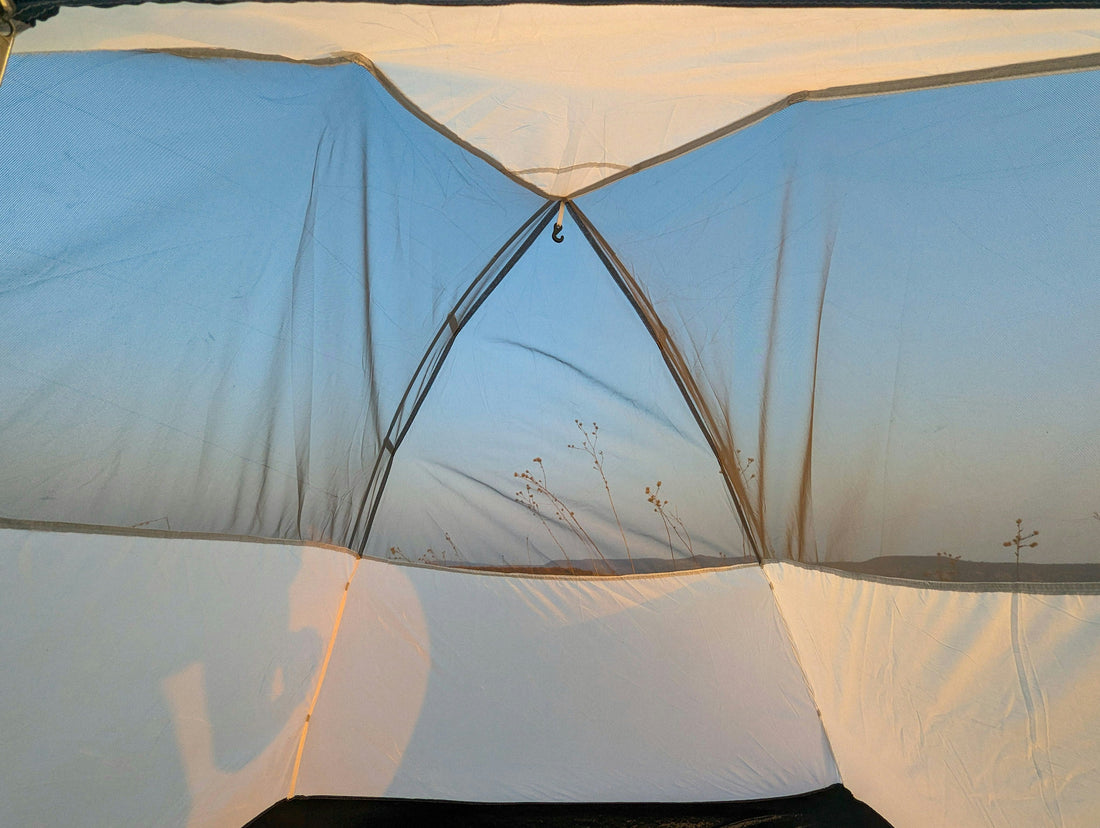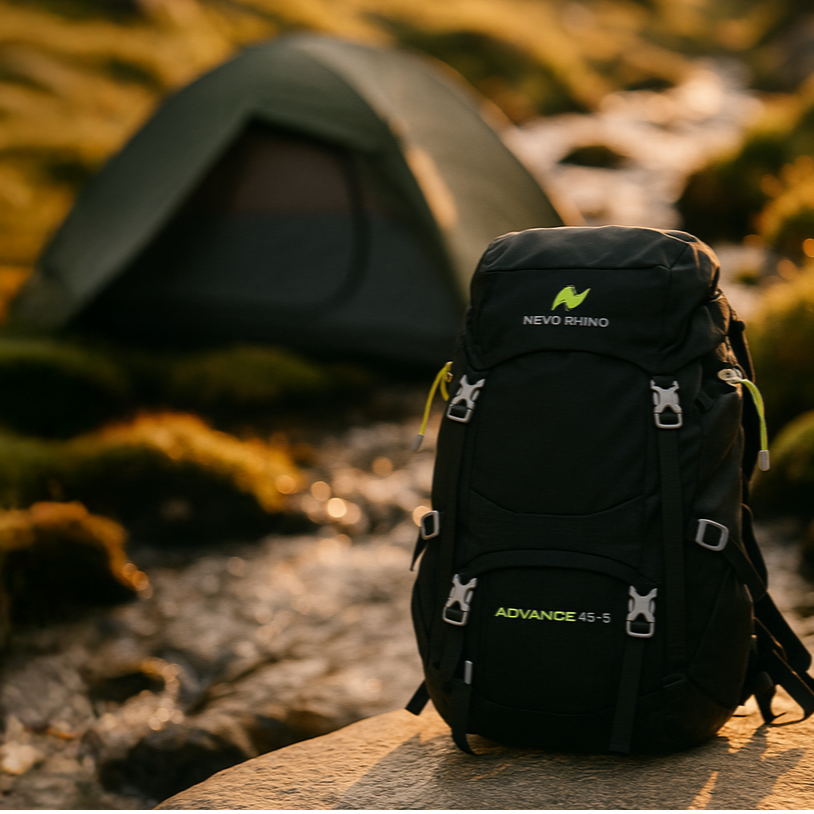
How to Prevent Condensation in a Tent (So You Don’t Wake Up Wet)
Share
You zip up your tent for a cozy night’s sleep…
Then wake up to dripping walls, soaked gear, and a soggy sleeping bag — even though it didn’t rain.
What happened? Tent condensation.
It’s one of the most common beginner camping frustrations. The good news? It’s avoidable once you understand what causes it, and how to fight back.
Here’s how to keep condensation from ruining your night in the wild.
What Is Tent Condensation, and Why Does It Happen?
Condensation forms when warm, moist air inside your tent hits the cool fabric walls, especially at night when temperatures drop.
You breathe, sweat, and maybe cook or store damp gear inside. All of that adds moisture to the air.
When that air can't escape, it clings to your tent walls and ceiling in the form of dew or droplets.
Top Causes of Condensation in a Tent:
- Lack of ventilation
- High humidity or rainy weather
- Cold nighttime temperatures
- Breathing in a sealed tent (yes, your breath adds moisture!)
- Wet clothes or gear inside the tent
7 Ways to Prevent Condensation in a Tent
1. Ventilate, Ventilate, Ventilate
- Open your tent’s vents, windows, or even the rainfly doors (unless it’s storming)
- Cross-ventilation is key: let air flow from one side to the other
- Crack vestibules or create small openings with guy lines
Don’t seal everything up “to stay warm”. Trapped air = trapped moisture.
2. Use a Rainfly Properly
- A rainfly keeps rain out but reduces airflow, use it only when needed
- If it’s dry and warm, go without it for maximum airflow
- In wet weather, make sure it’s pitched away from the inner tent so air still circulates
3. Keep Wet Gear Outside the Tent
- Store damp clothes, boots, and wet packs under your vestibule, not inside
- Use a dry bag or hang gear outside overnight to air out
4. Don’t Cook Inside Your Tent
- Boiling water = instant humidity
- Always cook outside or under a well-ventilated tarp
- Steam rises fast and clings to your tent roof
5. Use a Groundsheet or Footprint
- A footprint blocks moisture from the ground
- It also adds insulation between you and damp earth
- Make sure it’s smaller than the tent base to prevent rain from pooling underneath
6. Dry Out Your Tent Daily
- In the morning, unzip your tent and air it out
- Shake off droplets
- If you’re moving camps, pack your tent dry or dry it out at your next stop
7. Choose the Right Campsite
- Avoid pitching your tent in low areas where cold air collects
- Camp on higher, drier ground with a light breeze, if possible
- Avoid areas near lakes, rivers, or marshy terrain — they’re high in humidity
Condensation Happens, But You Can Manage It.
Even with great gear, you can’t 100% eliminate condensation, especially in humid weather. But you can manage it.
At 7th Step, we pack with that in mind — using:
- Ventilated 3-season tents
- Quick-dry sleeping bags
- Gear that stays light even if the air gets damp
So you wake up rested, not soaked.
Don’t Let Moisture Ruin the Magic
A wet tent doesn't have to be part of your camping story.
With the right setup and small tweaks to how you camp, you can sleep dry, warm, and comfortable, even in unpredictable weather.
→ Grab the Starter Kit
And camp smarter from the inside out.












